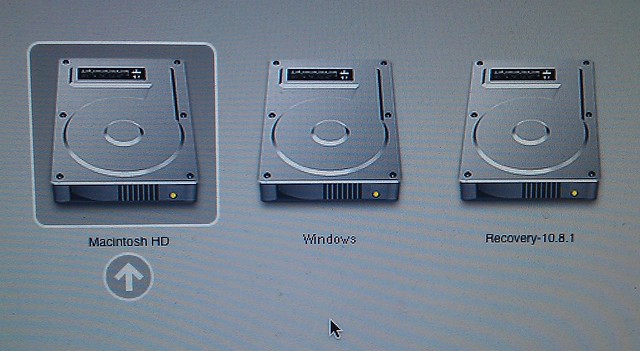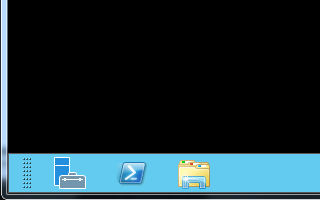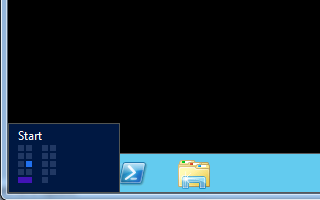I’ve been delighted with the secondhand Mac Pro I got last year. It’s five years old, but probably the best Windows PC I’ve ever owned… we sometimes use OSX, and sometimes use Boot Camp to run Windows, and I did end up getting Parallels as well, which is able to boot the Boot Camp partition — this I think is nothing short of miraculous.
Anyway, our other Windows PC is due for replacement. I was thinking I’d wait and see what the next crop of Mac Minis were like, but it looks like I’ve again got the opportunity to pick up a used Mac Pro via the same workplace clearing more of them out. Same age, but (if my calculations are right) double the speed of the current Mac Mini. Given our usage patterns, this is a cheap easy upgrade… particularly if we put an SSD in it.
I’m now pondering: what’s the best TV tuner for it? That’s the main thing I miss about the HP desktop we had that died. (I did try and rip the tuner card out of that to try in the Mac under Windows. It didn’t work.)
So… Mac Pro TV tuners…
I’d prefer dual tuner. I’d want it to work with both OSX and Windows. In fact I’d go so far as to say that this second box will be mostly using Windows, and I’d want this to work with Windows Media Centre.
For a USB dual tuner, the Elgato EyeTV Diversity looks pretty good.
Asking around on Twitter, there was some good feedback:
@danielbowen I've been using the EyeTV diversity for two years now… works great, but the software is a little slow / bloated
— Matt Steadman (@matt_steadman) July 30, 2013
@danielbowen the USB dongle is a little fiddly, I found some messing about with the antenna lead in required.
— Ben Bligh (@peregrinari7) July 30, 2013
@danielbowen the mini antenna that comes with it is useless
— Ben Bligh (@peregrinari7) July 30, 2013
(Why does Twitter’s embed tweet with “Include parent Tweet” not seem to work?)
It’d be used with a proper connection to a roof antenna, so not concerned about the mini antenna.
But I think I’d actually prefer an internal card, since I really don’t need it to be portable… and installed internally might be more out of the way/better for longevity.
Any good options?
PS. This ancient page talks about some options. Not sure how relevant it is anymore though.




